6 onboarding gamification strategies for SaaS: Drive engagement, adoption, and retention
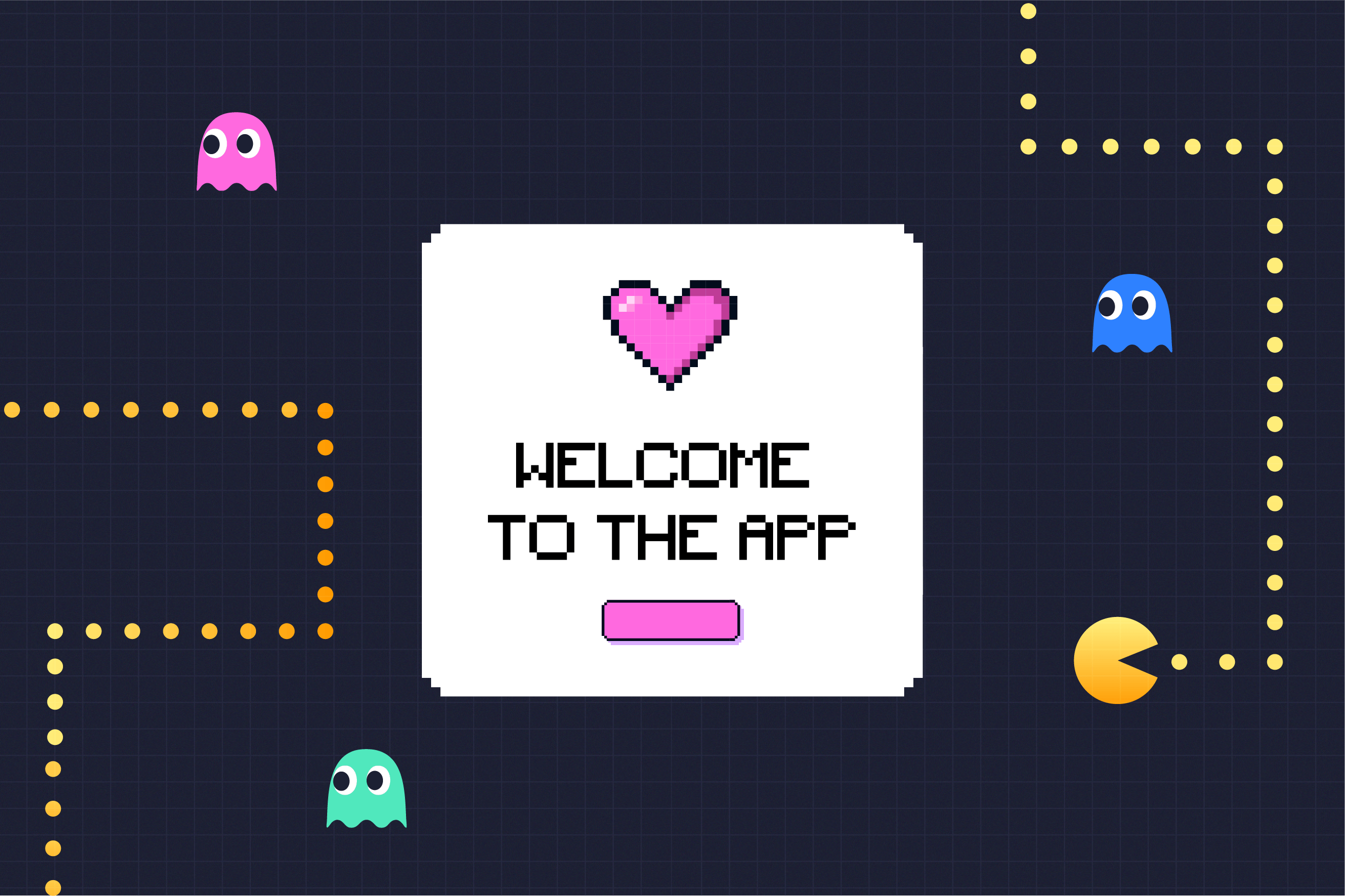
.png)

.png)
While some might argue you can get a second chance to make a good first impression, the same isn't exactly true with SaaS. When a user finds your onboarding cumbersome or tiring, they'll leave and abandon the product before they even get the chance to use its features properly.
So onboarding gamification crept into the space to change this. By adding game-like mechanics such as badges, points, and progress bars, SaaS companies can engage users with a more enjoyable, intuitive, and rewarding experience.
Onboarding gamification makes the often boring learning curve a fun journey (or at least a bit less outdated). It gives the user incentives to actively participate in training rather than passively observe/skip a tutorial by using interactive challenges and incentives. This also makes onboarding more likely to keep users engaged while speeding up the time it takes for users to get to their "aha" moment.
But besides helping your customers genuinely understand and appreciate the value of the product, user onboarding can:
Let's take a detailed look at the main three benefits of gamification in an onboarding flow as a way of improving the learning experience:
Traditional onboarding tends to be quite obligatory, something users must suffer through before they can get to the real value of the app. Using gamification, onboarding is something that creates an experience the user wants to finish.
You can try splitting the onboarding process into small, manageable steps combined with a progress bar to give users a sense of achievement at every step. Likewise, instead of static lessons, have an experience that brings some interactivity—quizzes, missions, whatever you like.
A well-structured gamified onboarding process inspires users to engage actively with your SaaS product and realize its value, thereby driving better adoption and retention in the long term. Instead of bombarding users with all features, these should be introduced stepwise with the help of interactive challenges.
By gamifying key user actions, such as deciding to complete a profile, set up integrations, or invite teammates, you can improve user engagement. As an example, encouraging repeat engagement can create 'stickyness' in your product.
Gamification should always be part of a multi-channel communication strategy. By augmenting game-like features with in-app nudges, emails, or push notifications, the SaaS provider can create an engaging onboarding experience.
In-app messages and celebrations whenever users complete any significant onboarding steps. Similarly, you can use push notifications to remind the users what they would get with continuous motivation alongside their turf the moment they aren’t in the app.
Tools like Appcues allow you to automate emails marking specific milestones like “Congrats! You’ve completed 3 out of 5 onboarding steps” to help guide users back toward finishing the journey.
Now let's see just what gamified elements look like in practice in a couple of onboarding program examples you can use to incentivize users:
Make a good first impression by transforming the welcome screens into an interactive experience. Instead of displaying boring instructions, use progress bars, animation tooltips, or brief challenges to engage users.
Habitica is a habit and productivity app that heavily relies on gamification for the entire in-product experience. Hence, they naturally added game elements to their onboarding process too. Among others, their user onboarding gamification strategy involves getting first-time users to create a game character for themselves.
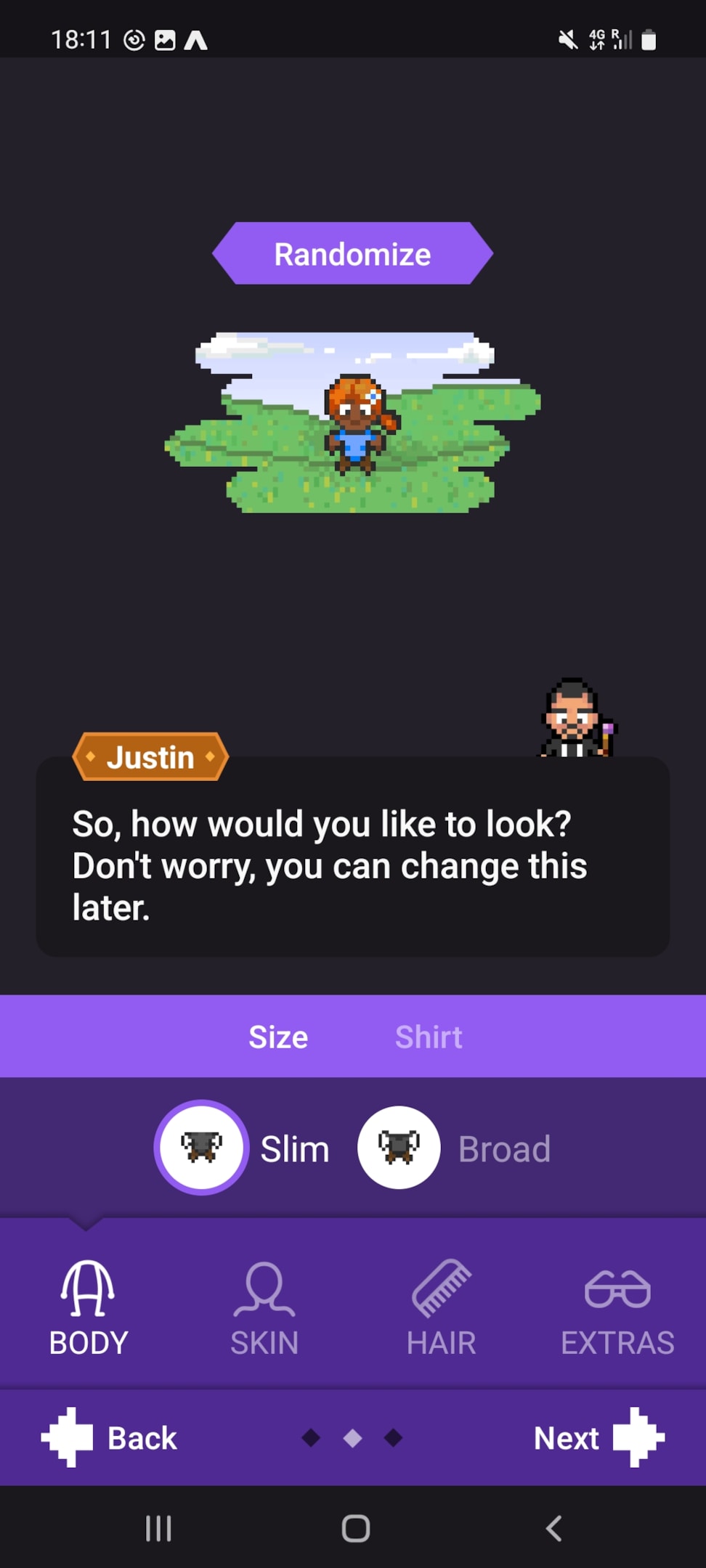
While having a checklist or progress bar in your onboarding process might seem like a typical element, they're often among the easiest quick steps you can take towards onboarding gamification.
This said, they're best used together with other multimedia elements and should mainly be used as a temporary solution. That is unless you find they work for your user base. In this case, you might not even need more advanced onboarding gamification strategies.
Dropbox, for instance, simply relies on a mix of a checklist and progress tracking to take users through the onboarding process:
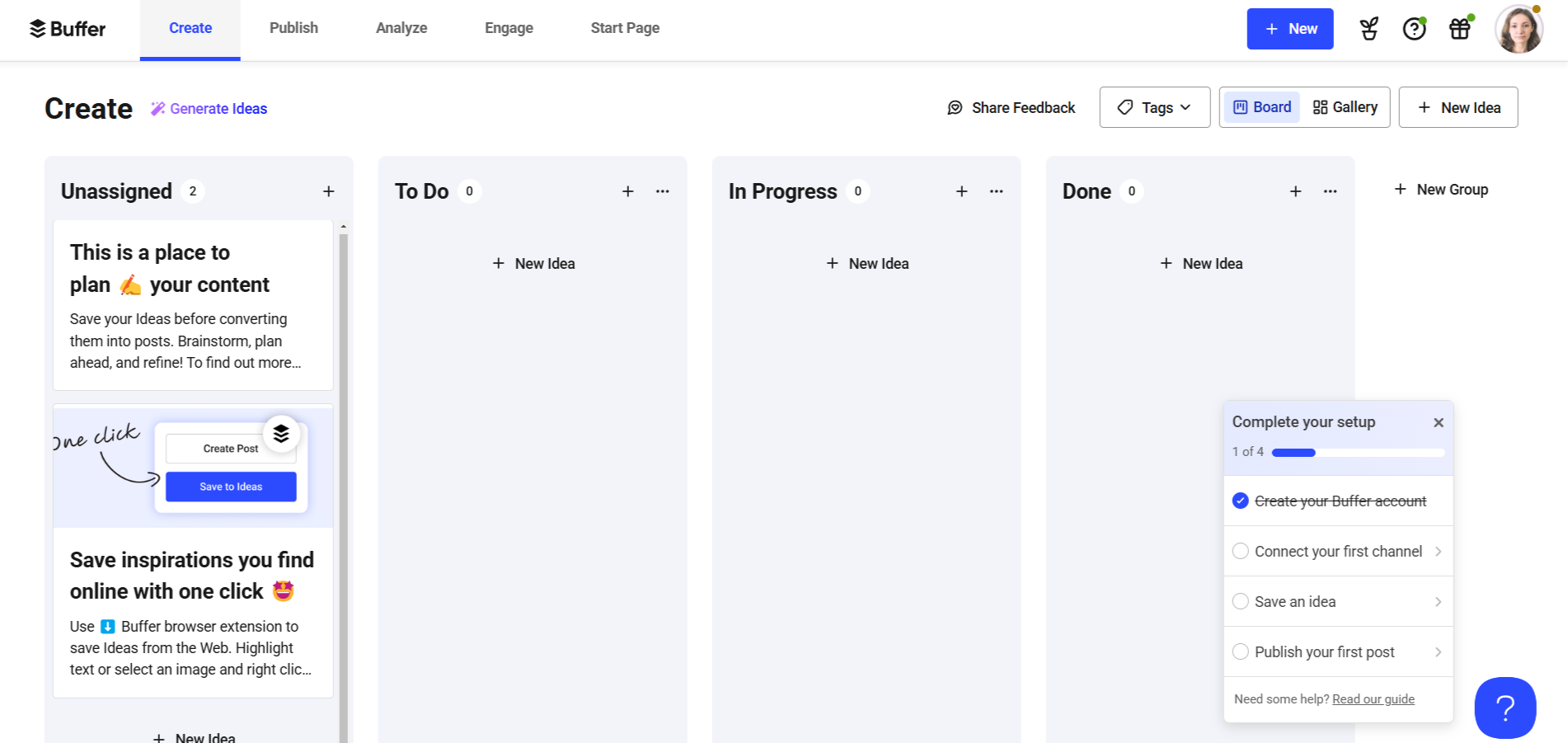
Recognizing users' accomplishments motivates them and provides a good enough incentive for them to keep progressing. You can use these for key in-app actions or simple steps like completing an onboarding step or exploring a key feature.
Duolingo, for example, gives XP points and plenty of animations for completing each lesson, reinforcing progress and encouraging continued engagement:
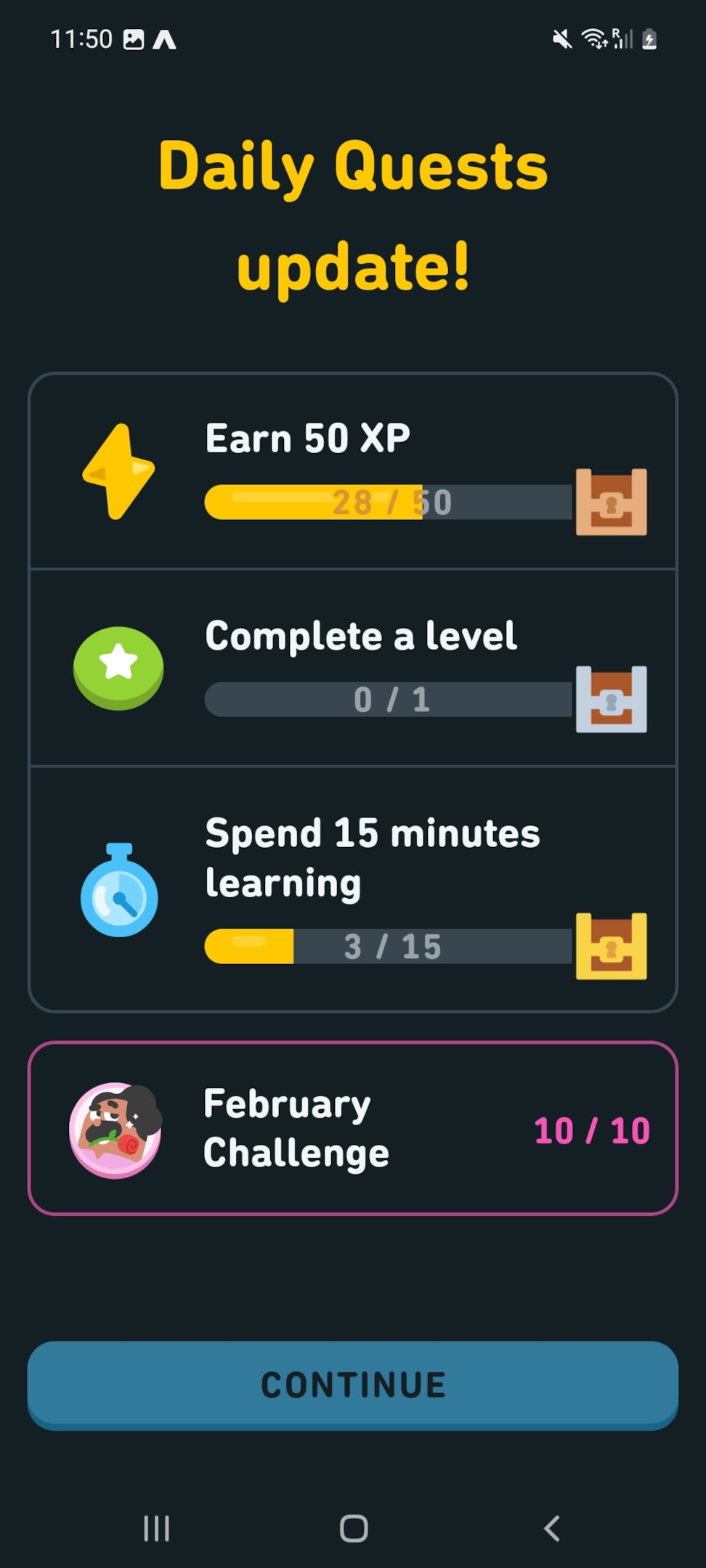
Incentives can go beyond the actual in-app experience as they act as a powerful motivator to keep users engaged when onboarding. Using discounts, extended free trials, or exclusive perks assists in getting users through critical steps.
Shopify offers their new users a minimized-risk opportunity of testing the service for only $1 for the first month. This lowers the entry barrier, allowing users to explore and enable their store while minimizing any perceived risk—making it more likely they'll remain engaged and become long-term customers.
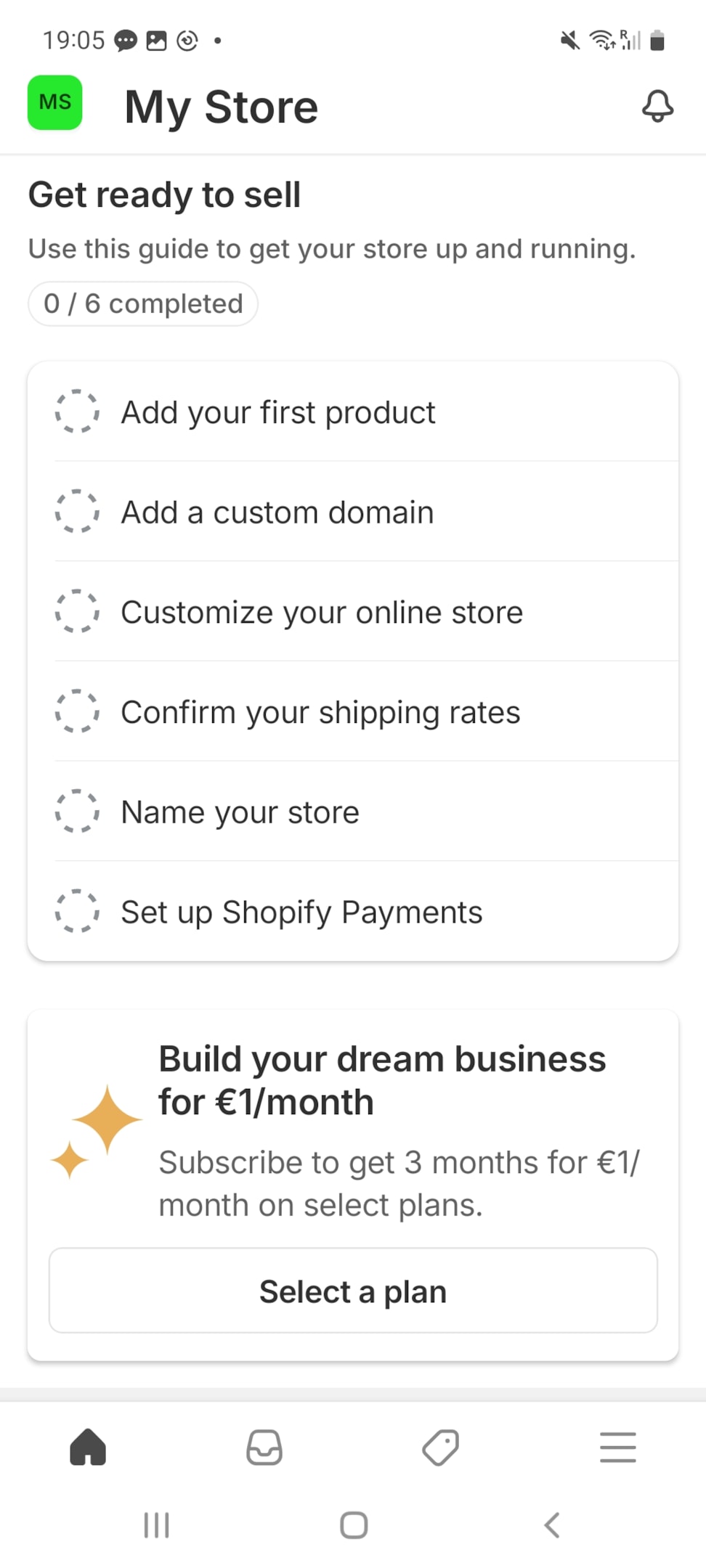
Quizzes, challenges, and little games may tap into any knowledge and test it with a little fun. Or, your tool might just provide some of these elements, giving you the chance to introduce your product straight away from the onboarding stage, just in a more fun way. Like Sololearn does.
As soon as you start onboarding, Sololearn uses coding challenges and quizzes to let users practice their skills interactively, which is fun and provides a great learning feed. This pragmatic approach ensures the user learns all of the product's worth outright and grows more confident in his or her skills.
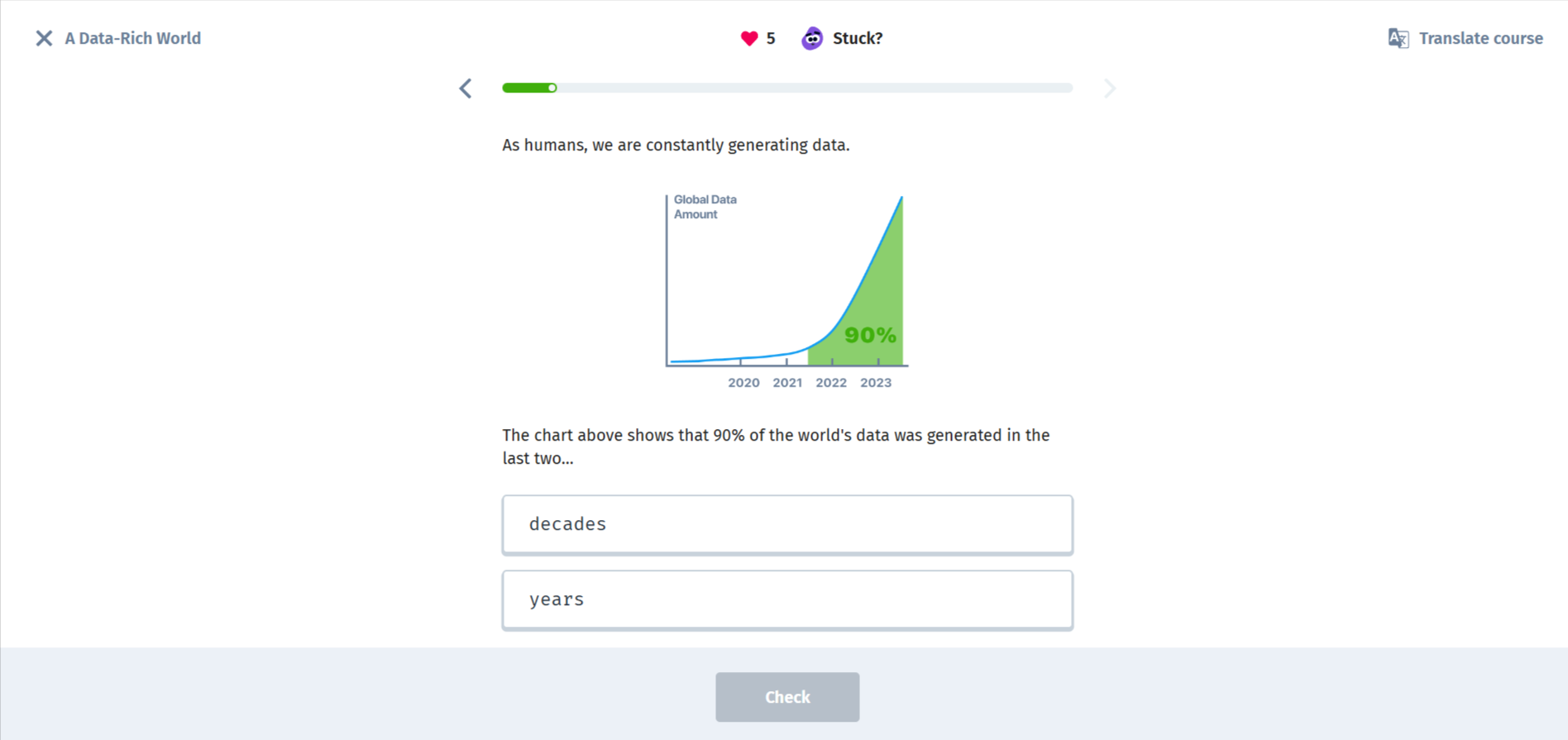
Using chatbots or virtual assistants in the onboarding process builds an interactive supportive environment, holding the user by the arm through the gamified elements or social learning (if possible). These virtual assistants assist in real-time help, addressing questions, and guiding users on how to complete tasks.
Gusto's friendly chatbot engages users in onboarding and gives them tips and reminders while users set up payroll and employee benefits. This level of interactive support not only enhances the experience but keeps users motivated and focused throughout their onboarding.
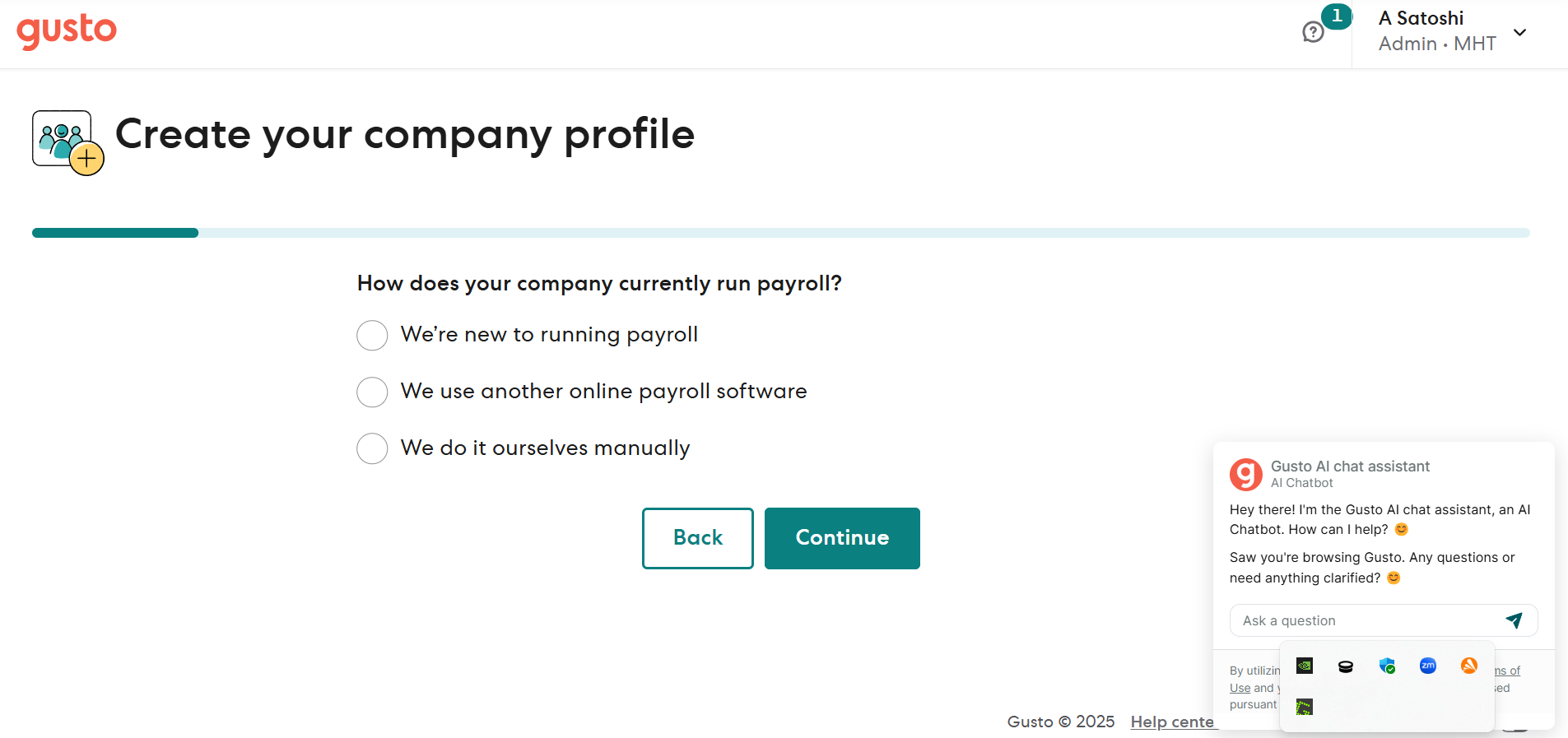
The most surprising thing is every tool has a custom way of providing onboarding gamification. So while some do share common elements like checklists and progress bars, you'll never find the same exact onboarding gamification tactics in one onboarding.
Let's see how a couple of popular platforms create effective onboarding with the help of gamification:
Zapier opts to highlight certain onboarding tasks under a 'Start from scratch' section that allows the user to try out the tool straight away. This direct guidance together with a list of popular templates means users can easily see how the tool works instead of manually searching for information or tips.
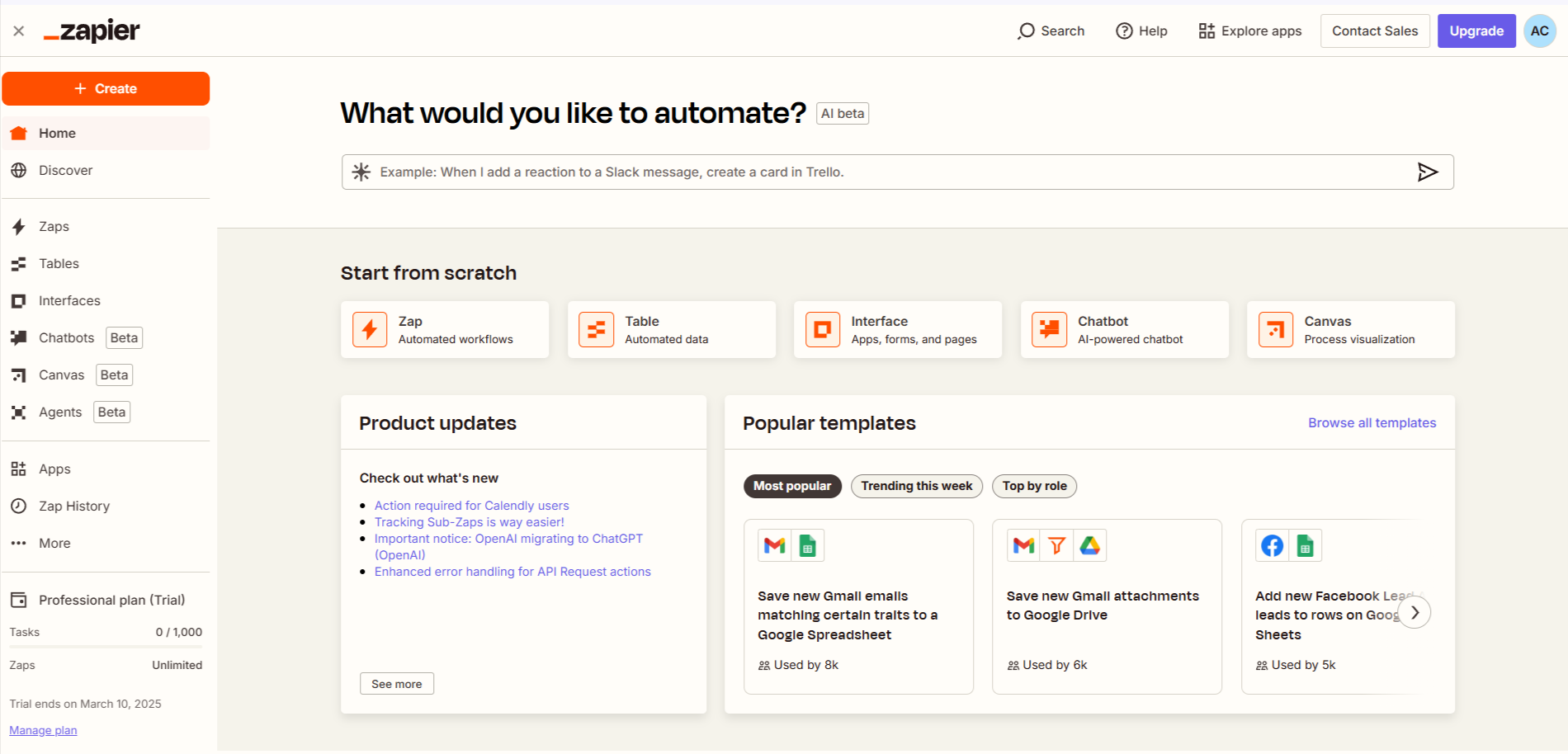
Wistia opts for a simple onboarding checklist that's meant to get users up to speed with how the tool works. Let's be clear though: This doesn't mean they ditched the classic tutorial. In fact, Wistia's own product is video-based so having videos perfectly fits their brand and tool.
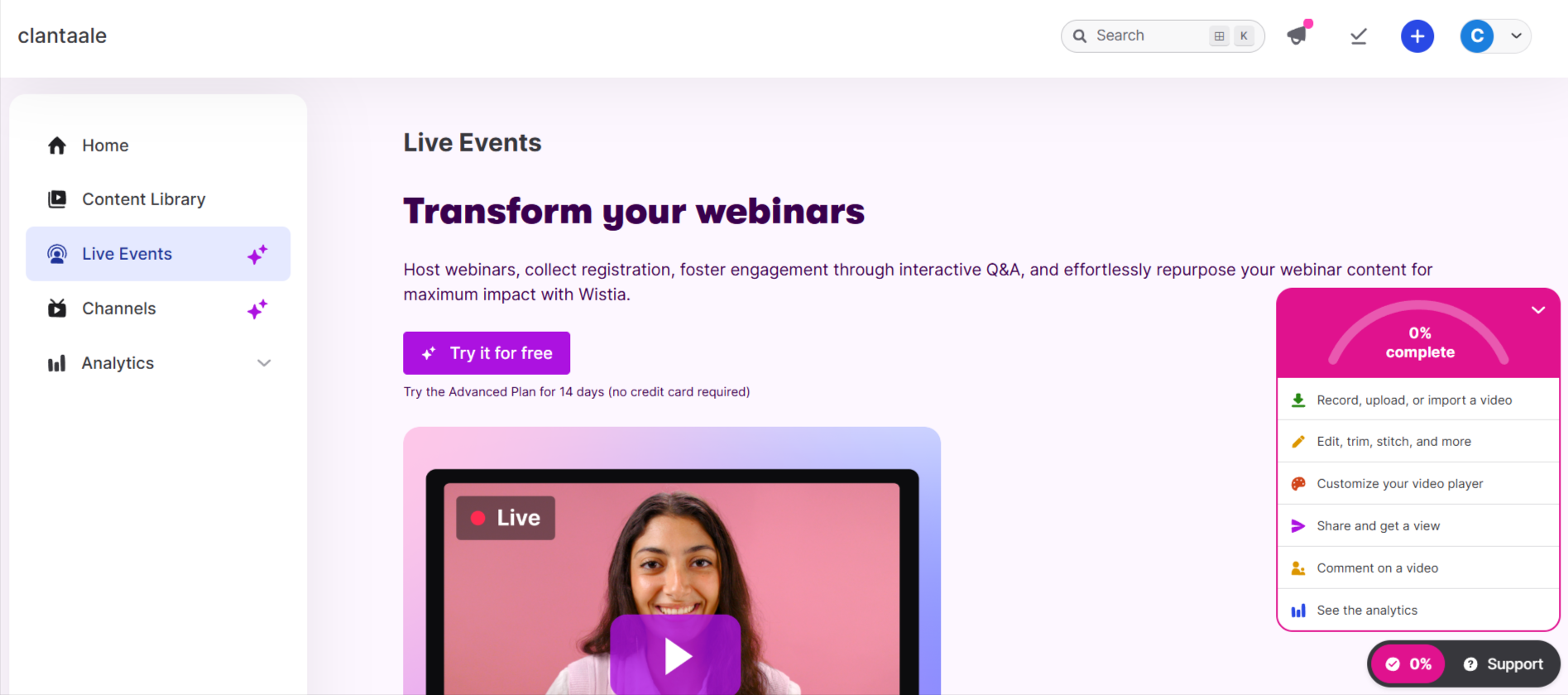
Webflow is one of those tools that might be more difficult to get familiar with without a proper onboarding experience. Hence, they fixed this challenge in their onboarding program by literally showing new users how every single element and feature works through simple cues and drag-and-drop actions.
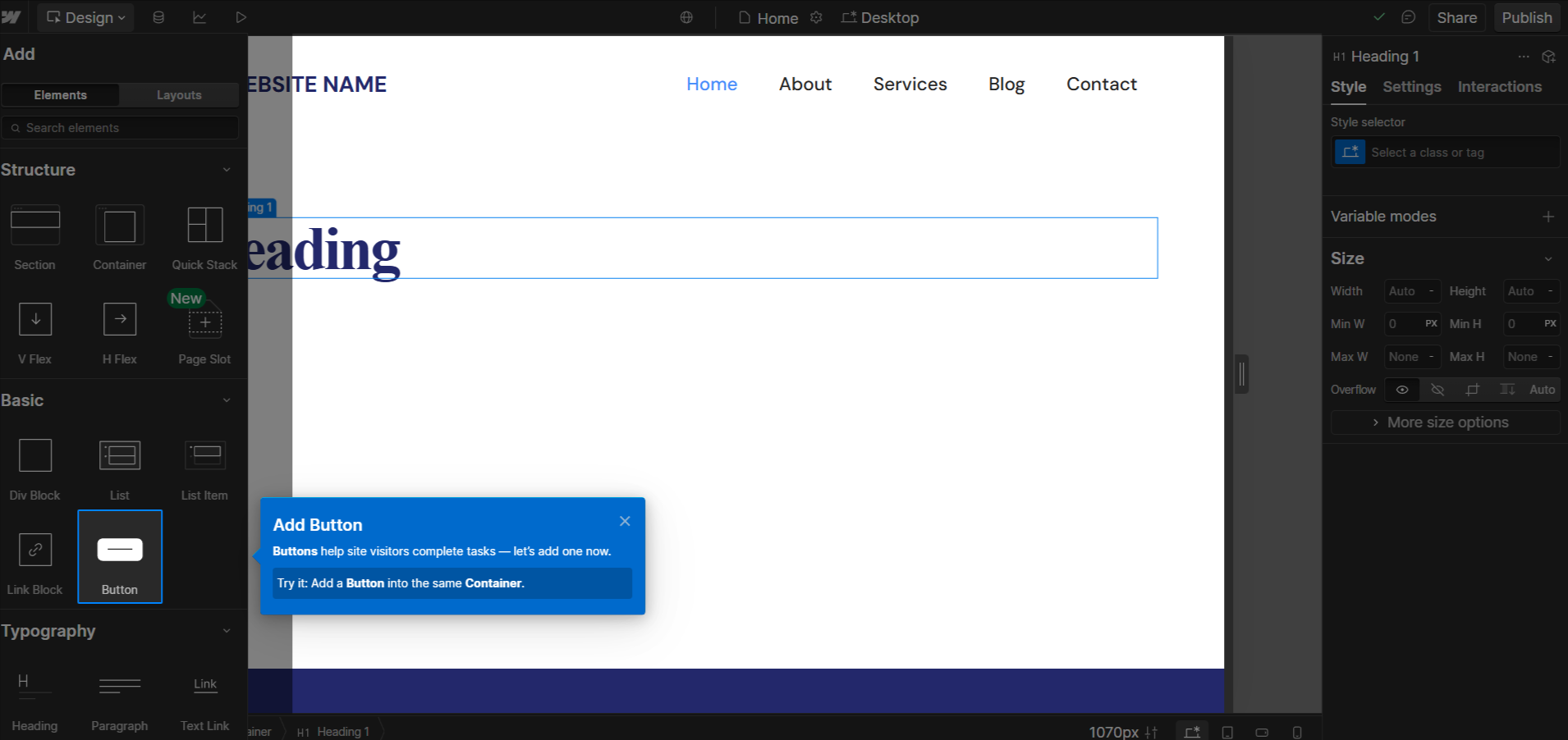
While Waze's onboarding program is more rigid, they've gradually introduced new ways in which you can enjoy a different experience. They regularly bring in celebrities or famous characters who can join you for a drive from day one. This onboarding strategy leverages virtual buddies as a technique for getting users attached to an app.
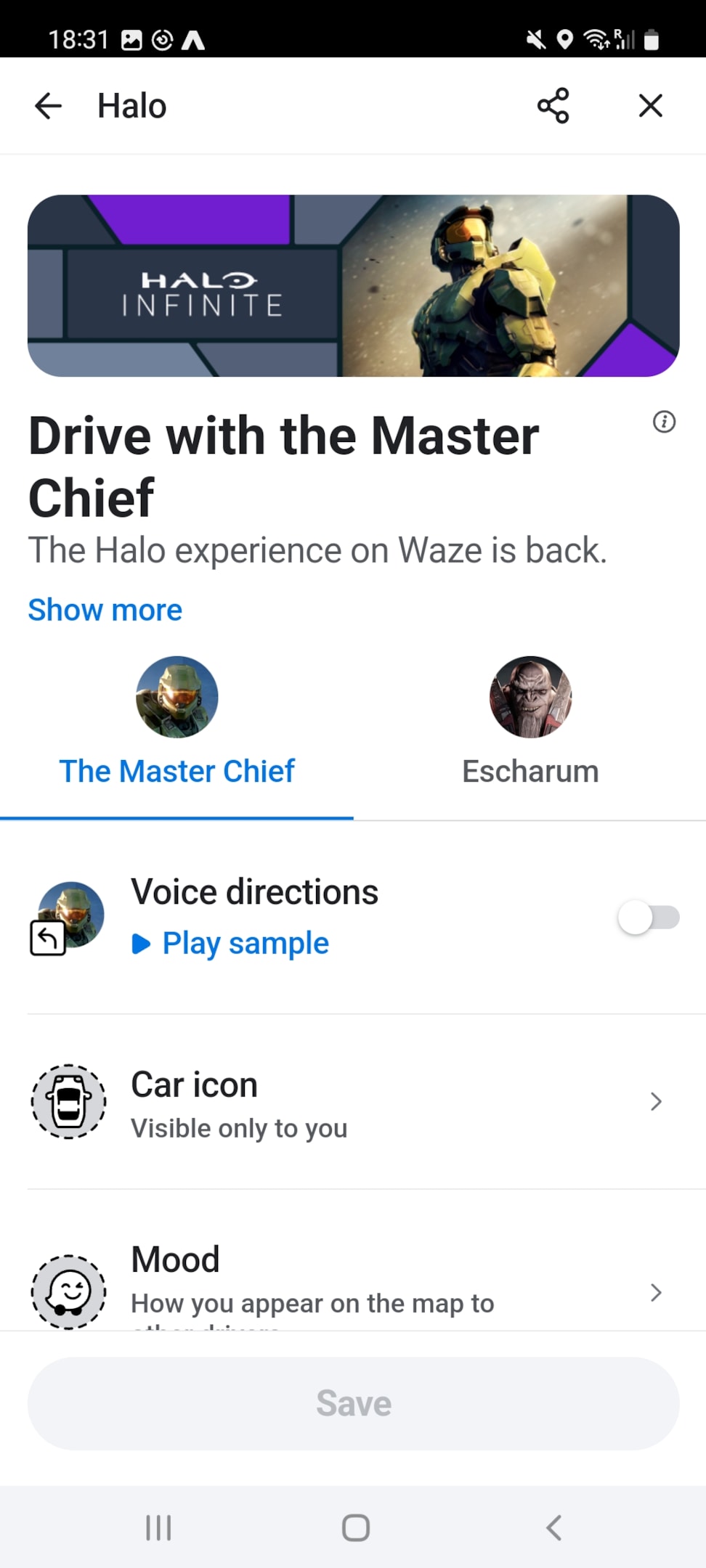
Typeform brings us another example of how to use your onboarding to directly introduce your product—without giving up on onboarding gamification. Typeform provides a tool for creating surveys so this is exactly how they structure their onboarding. In fact, you might have seen startups use Typeform for their own onboarding but in this case, it plays out perfectly!
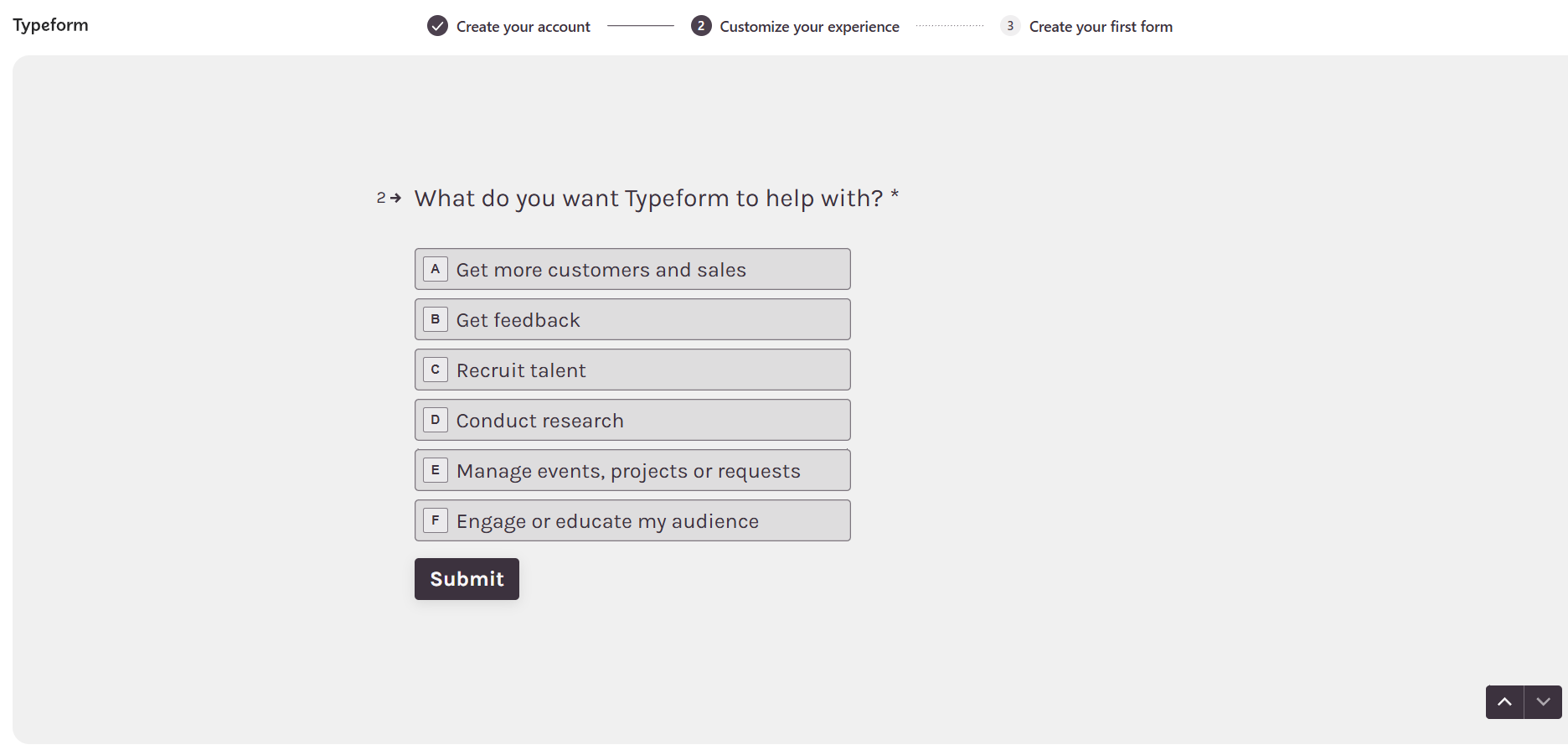
Sweatcoin is a walking app that might just have one of the most extensive lists of elements you can use for your own gamified onboarding plans. From setting goals to inviting friends and getting rewarded for it, this onboarding gamification example is a good inspiration for organizations that want to make the most out of the initial interaction a person has with the product.
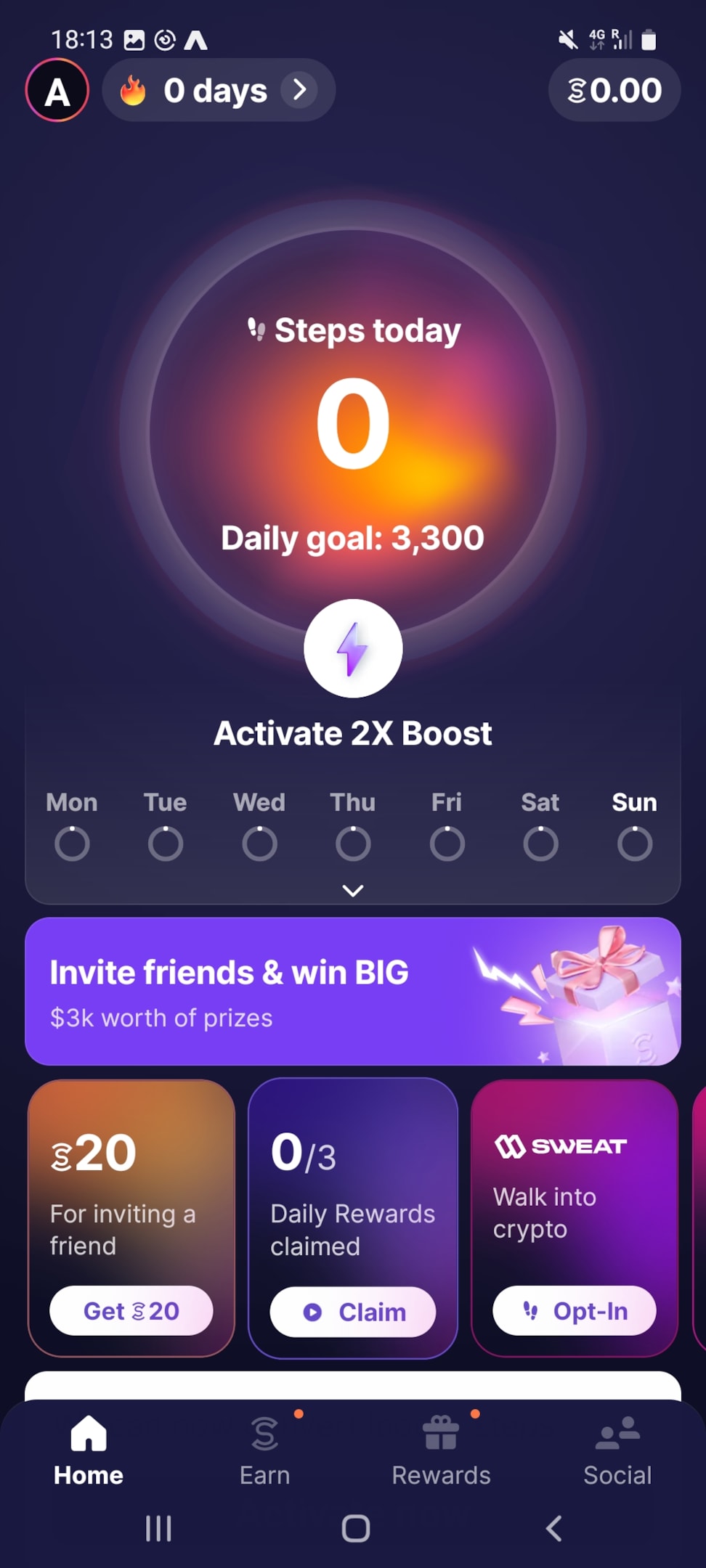
While you wouldn't think GitHub can nail a fun gamified onboarding process, they actually do! Predominantly, what stands out the most is their focus on tutorials on the main dashboard. So, yes, classic tutorials can be a good starting point if you want to go down the onboarding gamification path.
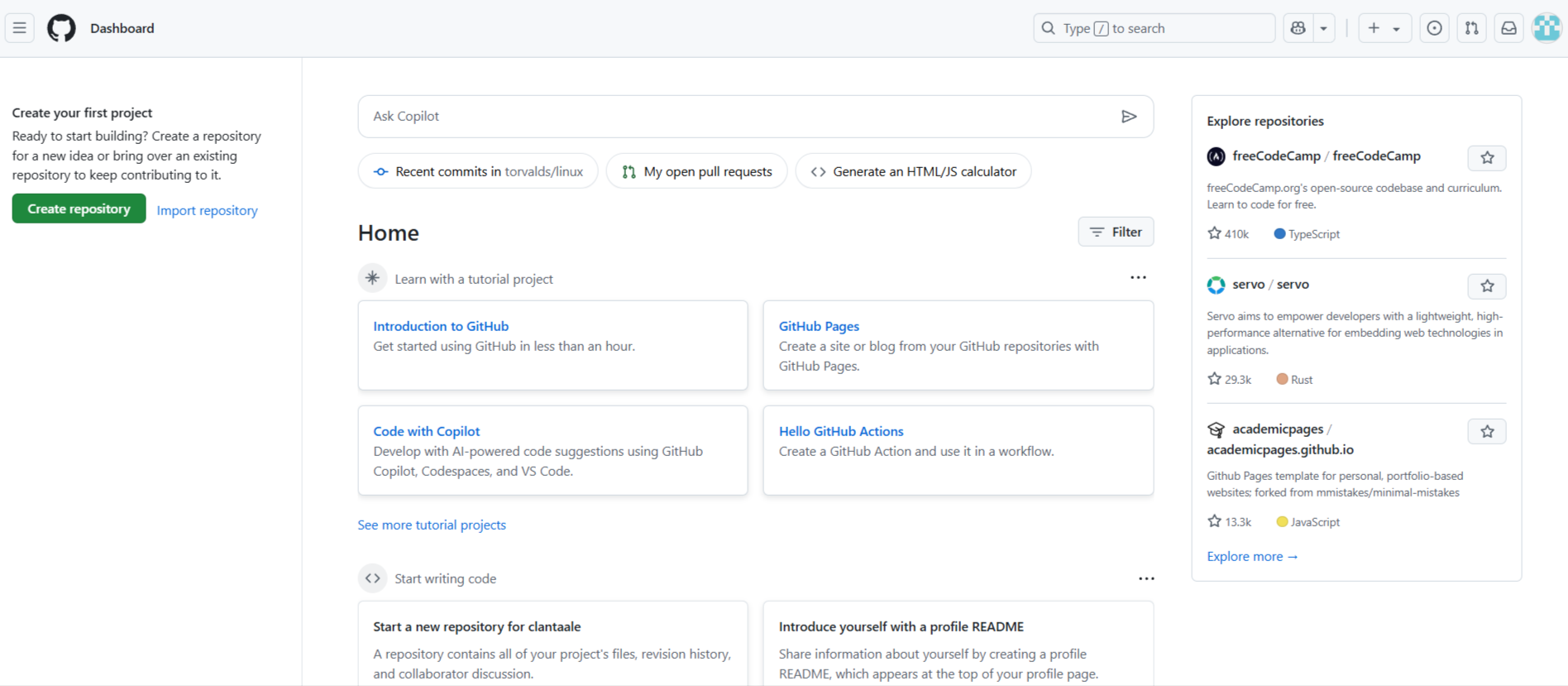
So where do you start?
Before all else, think about what success should look like: activation, feature adoption, or retention rates? Setting specific and measurable goals like "Increase feature adoption by 10% in the first week" allows for gamification to serve a purpose rather than being a gimmicky endeavor.
In the Duolingo example above, it's important to note they don't just give out XP points to users just for fun. These points actually support language learning progress so students can learn valuable skills.
Even if you opt for gamification you shouldn't forget the main rule of thumb: Onboarding should serve your product's core function and not be a layer of fluff.
So if your SaaS is a project management tool, for example, it makes sense to reward users for creating their first project or collaborating with a teammate. A finance SaaS, on the other hand, can keep onboarding on-brand by rewarding users with coins for budgeting or expense tracking.
Bad news but gamification isn't a passive approach. To make the most of it, keep an eye on the KPIs you've set to decide which elements you want to keep or if there's something worth testing.
For instance, if a progress bar increases completion rates by 30%, you'll definitely want to keep it. If you've opted for a complex badge system, though, and users are not interested in getting them, you can ditch it for something that will better incentivize users (like freebies or free trials).
Gamification, when done incorrectly, can easily implode and have the opposite effect, making the user think they're playing a game instead of using a tool. Overburdening the individual with points, leaderboards, and flashing animations can lead to fatigue or even frustration.
In the GitHub and Gusto examples above you'll notice they stick to one core gamification element. This is also a better approach if you want to gradually test if gamification is right for you in the first place.
Onboarding doesn't (or at least shouldn't) just happen in one place. Effective onboarding spans a range of communications-from emails to in-app guides, even notifications.
Appcues can support you in creating a multi-channel gamification strategy. For example, you can send a reminder through fun emails to users (e.g. "You're almost there!"). This can bring back users should they drop off. Likewise, well-timed tooltips could push users to take the next step at the right time.
Fullstory used Appcues to personalize its onboarding with role-based messages sent through in-app guides and email. By first collecting user data, they segmented audiences and customized their workflows to point out relevant features based on each persona.
See how Appcues increased Fullstory's activation rates through a multi-channel engagement!
Not everyone has perfect onboarding though. The most comment mistakes include:
Too many badges, points, leaderboards, or excessively complex missions create confusion. So users may simply leave the process without bothering themselves with how to move forward within an onboarding process. Gamification should serve to enrich their experience, not be an obstacle.
Keep onboarding simple and gradually add features so users can become well acquainted with one before moving on to a new concept. Progress tracking or a quick opportunity for rewards would be quite good to introduce.
Gamification should always have a goal that's aligned with your users' jobs-to-be-done. Distraction rather than motivation happens whenever game elements don't resonate with what users want.
For instance, in a productivity app where users are interested in individual progress rather than competition, numerical leaderboards won't fit in. The same goes for excessive rewards for steps that aren't directly contributing to real user goals but unfortunately manage to look gimmicky.
Users will get bored. Of course, most don't go through the same onboarding process twice, but members of the same user segment will change what they want in time. Also, offering users identical challenges, rewards, and game mechanics repetitively may eventually lead them to lose interest. Platforms with a perpetual leaderboard, repetitive tasks, or stale themes quickly become dreadfully repetitive, leaving onboarding predictable and deadly drab.
The best way to avoid a stagnation problem is to keep gamified elements fresh and exciting by introducing seasons, festivals, challenges, or limited-time rewards. Not all changes need to be huge, though. Just minor updates, like modified reward structures or offering new levels of progression, can renew interest.
Gamification isn't enough though. You need a complete multi-channel approach to create a successful onboarding strategy.
Appcues lets you create delightful game-like onboarding experiences, guiding users through your product seamlessly.
Schedule a quick demo with Appcues to see how you can use it beyond onboarding to convert new users into loyal customers!